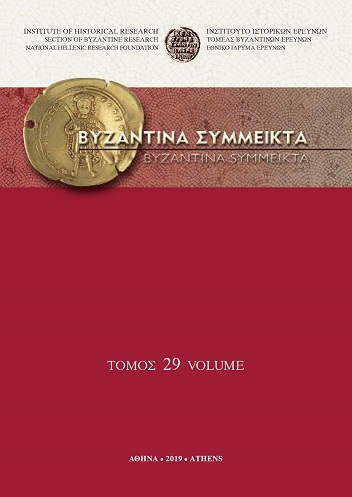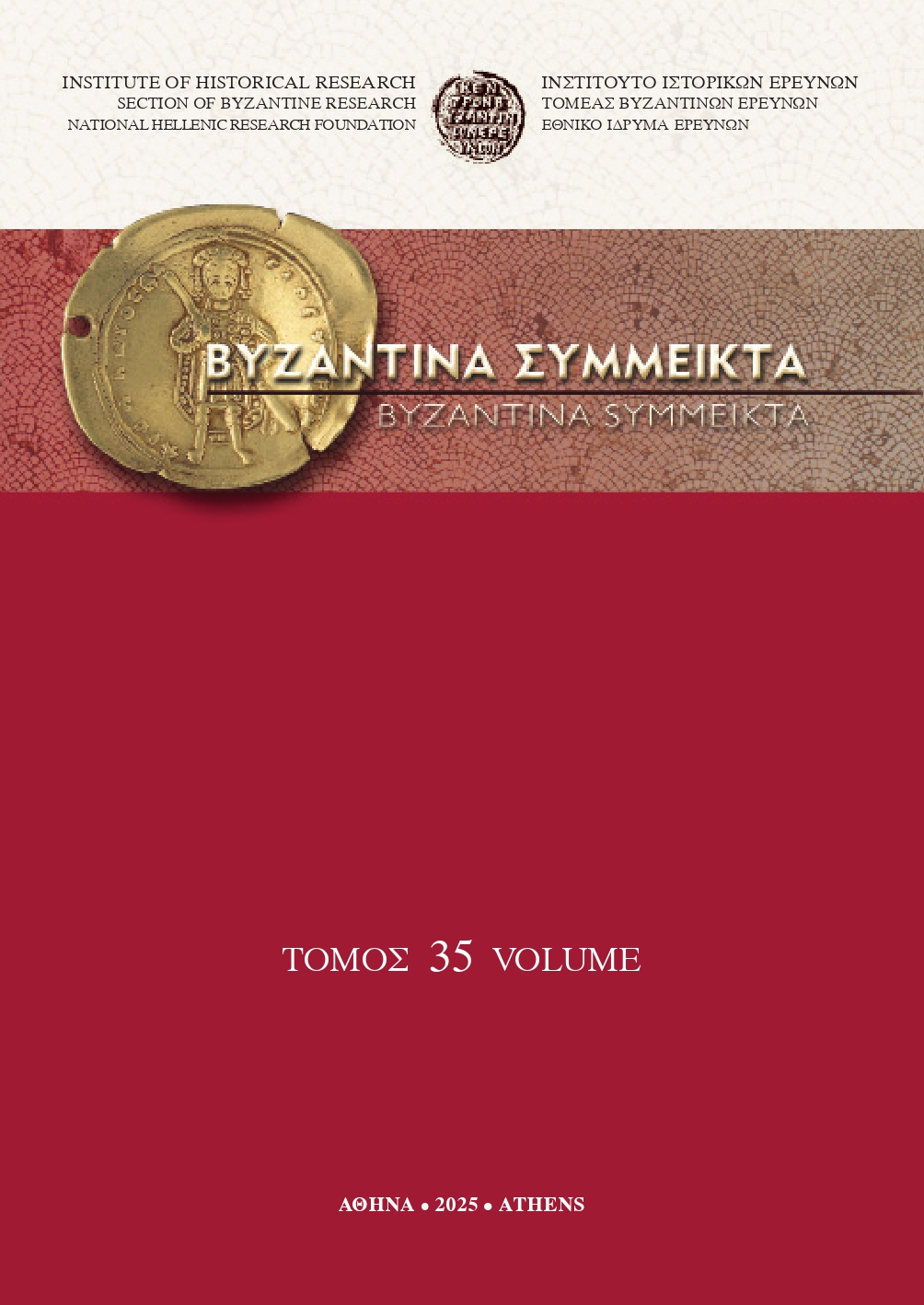Από τη βυζαντινή στη βενετική τούρμα (Κρήτη, 13ος-14ος αι.)

Abstract
Charalambos Gasparis
From the Byzantine to Venetian turma. Crete, XIIIth -XlVth centuries
Turma, a term coming from the Byzantine thematic system, is found very often in the XIIIth and XlVth century Venetian documents concerning the island of Crete. The Venetian turma in Crete was not an administrative or military term, but simply a geographical one, to indicate the exact post of fiefs and villages. Byzantine turma had already been used by the local Venetian governement during the first colonisation (1211) to define the six sexteria in the region of Chandax (today, Herakleion).
As a military union, Byzantine turma with its castle is nothing less than the Venetian castellania, the basis of the Venetian military defense system in Crete. Although Venetian documents of the period helps us to locate the Byzantine turmae in Crete (we have the villages and the turma to which they belong), their role in the administrative and military system of the Byzantine Empire is still not very clear. The only thing we are certain about is that in the Xllth century Byzantine turma throughout the Empire has already become a geographical term as well as we find it a century later in Venetian Crete.
Tables here presented contain all villages we know to which turma they belonged. There is a table for each turma and sexterium and another one with all villages in alphabetical order. There are also a plan for each territorio (Chania, Rethymno, Sitia) of medieval Crete with the turmae and the villages, and a plan with the borders of six sexteria in the territorio of Chandax.
Article Details
- How to Cite
-
ΓΑΣΠΑΡΗΣ Χ. (2008). Από τη βυζαντινή στη βενετική τούρμα (Κρήτη, 13ος-14ος αι.). Byzantina Symmeikta, 14, 167–228. https://doi.org/10.12681/byzsym.878
- Issue
- SYMMEIKTA 14
- Section
- Articles

This work is licensed under a Creative Commons Attribution-NonCommercial-ShareAlike 4.0 International License.
Copyright: The copyright for articles in this journal is retained by the author(s), with first publication rights granted to the journal. By virtue of their appearance in this open access journal, articles are free to use (with the exception of the non-granted right to make derivative works) with proper attribution for non-commercial uses (licence Creative Commons 4.0). NHRF retains the worldwide right to reproduce, display, distribute, and use articles published in BYZANTINA SYMMEIKTA in all formats and media, either separately or as part of collective works for the full term of copyright. This includes but is not limited to the right to publish articles in an issue of the Journal, copy and distribute individual reprints of the articles, authorize reproduction of articles in their entirety in another NHRF publication, and authorize reproduction and distribution of articles or abstracts thereof by means of computerized retrieval systems.








